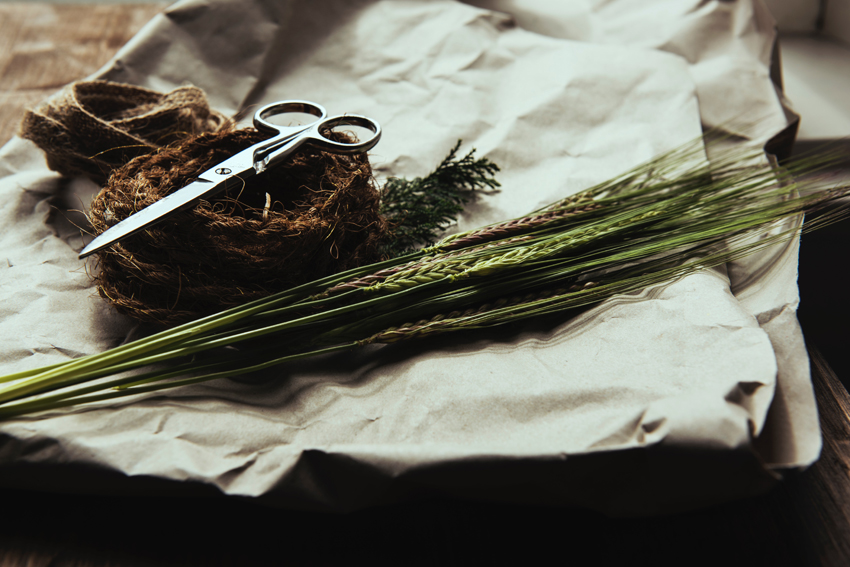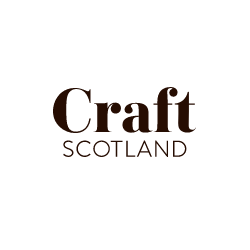Collective buying sustainable materials

Image: Joanna Kosinska on Unsplash
Often for makers, the biggest environmental impact of craft has already occurred at the point when one begins to work with the raw materials. As a result, choosing more eco-friendly materials, and working with more sustainable suppliers, is one of the biggest ways a maker can improve the sustainability of what they do.
However, sometimes sourcing more sustainable suppliers can incur a financial cost. Either in the time spent researching and experimenting with a new supplier, or in an increased cost in the material itself due to higher ethical or environmental standards.
To overcome this issue, it is possible to group together with other makers to either work with suppliers to leverage lower prices, or to take advantage of economy bulk purchasing.
Things to look for in a supplier
Sustainable alternatives to your materials will vary depending on your discipline, and there are a few things to consider. For example, in ceramics, the availability and sustainability of a certain type of clay. In jewellery you might need to consider whether the mined precious stones are certified as non-conflict sourced. Moreover, there are some things to examine when identifying whether a supplier is more sustainable than an alternative:
- Environmental policy: does the supplier have a positive stance on sustainability? Do they have a policy on their aims in this area? (normally in the About section, or the footer of supplier websites). Can you ask them about what they are doing to reduce their impact?
- Locality and seasonality: do they source in Scotland/the UK? Can they do so for particular products? Do they know what is seasonally appropriate for your needs?
- Toxicity: do they have a process for controlling any toxic waste created from their production processes?
- Social dimensions: do they support their local community? Are they a social enterprise?
- Carbon reduction initiatives: do they offer anything like carbon-neutral delivery?
How to organise
In order to seek and assess more sustainable (environmental and economic) buying options through a collective model, one needs to see what the available options are, and who would be likely to work with you. At a very simple scale, this could be working out who else buys from the same suppliers (is there a popular brand among your raw material suppliers?), or who else from your discipline is interested in investigating more sustainable options.
For example, collective purchasing to secure a better rate for energy supplies has been very popular in the past, and following a similar model on a studio or sector scale could be a good way to begin the process.
- Advertise: let others know you are looking into the sourcing of a particular material
- Register: get them to inform you of who their current suppliers are, what they are currently paying/using, and how much they tend to order on an annual/equivalent basis.
- Negotiate: talk to your selected suppliers about your sustainable materials option, using the leverage of the amount of business your collective may bring them.
- Switch: confirm and purchase the products at the agreed rate, and distribute to the new community.
Become more environmentally conscious in your craft practice with this useful guide from the Green Crafts Initiative, including simple tips and advice on cutting down on waste, saving water and swapping your materials for more sustainable alternatives.
Together, Creative Carbon Scotland and Craft Scotland have created the Green Crafts Initiative, a sister project to the Green Arts Initiative. The Green Crafts Initiative is a nationwide accreditation scheme designed to provide Scottish-based makers and craft organisations with the advice, support and the tools they need to become greener.
Craft Scotland

PROFILE
Craft Scotland is the national development agency supporting makers and promoting craft.
They help people learn about, appreciate and buy craft, promoting the contribution of craft to Scotland’s cultural, economic and social well-being. They create opportunities for makers to develop their creative and business practice, and to exhibit and sell work in Scotland and beyond.
Their website provides a platform for craft enthusiasts to engage and learn about Scottish-based makers and craft destinations.
Main Research Source
- Three ways to be more sustainable in your craft(29/10/2019)
